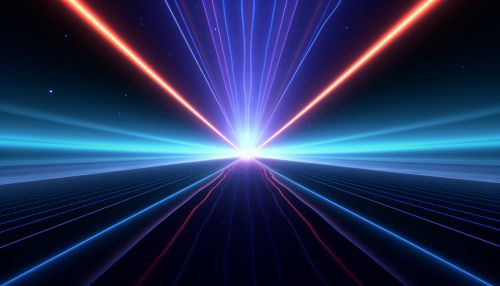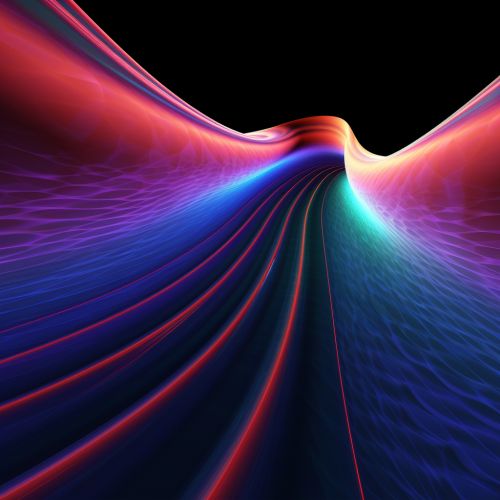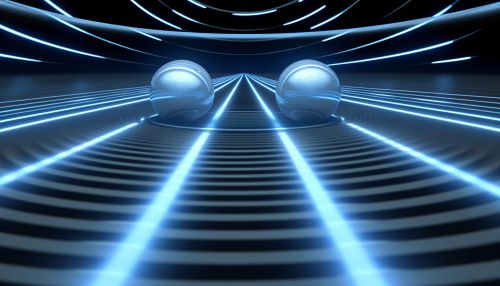The Physics of Quantum Interference
Introduction
Quantum interference is a fundamental phenomenon in the field of quantum mechanics, which describes the behavior of particles at the microscopic level. This phenomenon is a direct result of the wave-particle duality of quantum objects, which can exist in multiple states simultaneously, a concept known as superposition superposition. The interference pattern observed in quantum systems is a manifestation of the probabilistic nature of quantum mechanical phenomena and is fundamentally different from classical interference.
Wave-Particle Duality
The concept of wave-particle duality originated from the attempts to understand the nature of light. In the late 17th century, Isaac Newton proposed the corpuscular theory of light, suggesting that light consists of particles, or 'corpuscles.' However, this theory was unable to explain phenomena such as diffraction and interference, which led to the wave theory of light proposed by Christiaan Huygens. In the early 20th century, the development of quantum mechanics led to the realization that not just light, but all quantum objects exhibit both particle-like and wave-like properties. This is the essence of wave-particle duality.


Quantum Superposition
The principle of superposition is a key postulate of quantum mechanics. It states that any quantum system can exist in multiple states or configurations simultaneously. This is in stark contrast to classical systems, which can exist in only one state at any given time. The state of a quantum system is described by a wavefunction, which is a mathematical function that provides information about the probability distribution of the system's properties. The superposition principle allows the wavefunction of a quantum system to be a linear combination of the wavefunctions of its possible states.
Quantum Interference
Quantum interference is a direct consequence of the superposition principle. When a quantum system evolves, the superposed states can interfere with each other, leading to a variety of quantum phenomena. The most famous example of quantum interference is the double-slit experiment. When particles such as photons or electrons are sent through a barrier with two slits, an interference pattern is observed on the screen behind the barrier. This pattern can only be explained if the particles are considered to pass through both slits simultaneously and interfere with themselves, a phenomenon that is impossible in classical physics.


Applications of Quantum Interference
Quantum interference has numerous applications in modern technology. For instance, it is the principle behind quantum computing, where quantum bits (qubits) can exist in a superposition of states, allowing for massively parallel computation. Quantum interference is also used in quantum cryptography for secure communication, as any attempt to eavesdrop on the communication would disturb the quantum state and reveal the eavesdropper. Other applications include quantum metrology, which uses quantum interference to make highly precise measurements, and quantum imaging, which can produce images with resolution beyond the classical diffraction limit.
Conclusion
Quantum interference is a fascinating and counterintuitive phenomenon that arises from the wave-particle duality and superposition principle in quantum mechanics. It has profound implications for our understanding of the physical world and has numerous applications in cutting-edge technology. As research in quantum physics continues, the understanding and utilization of quantum interference are expected to play a crucial role in the development of future technologies.
